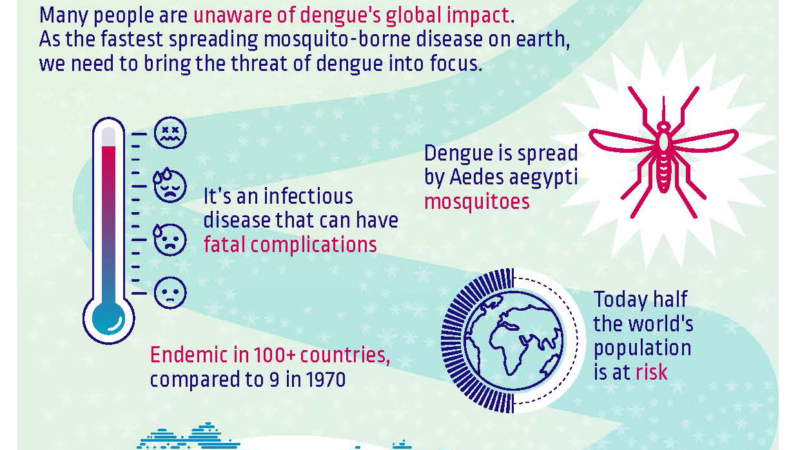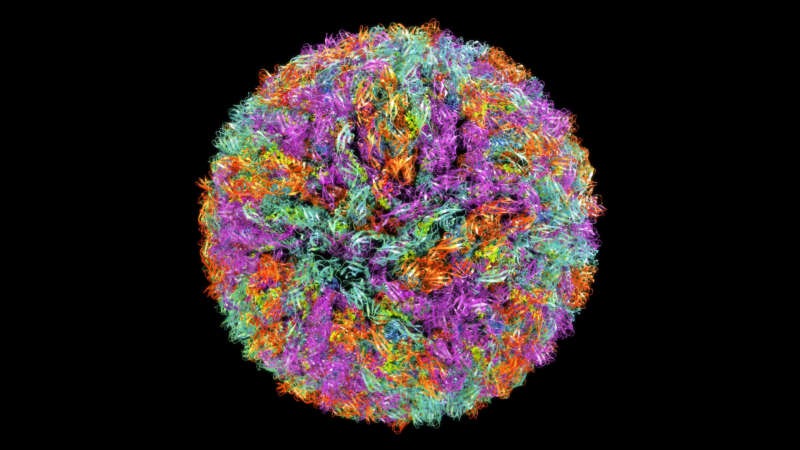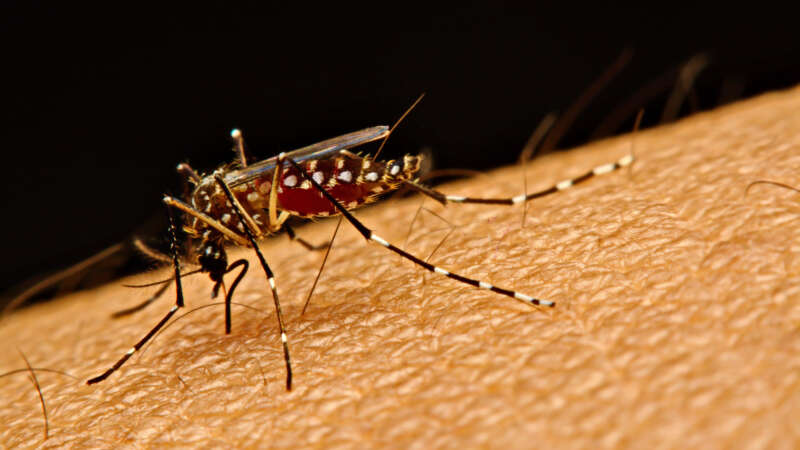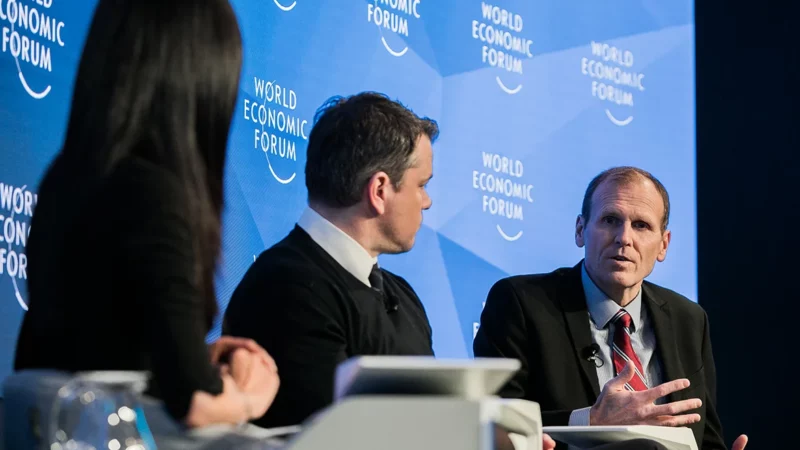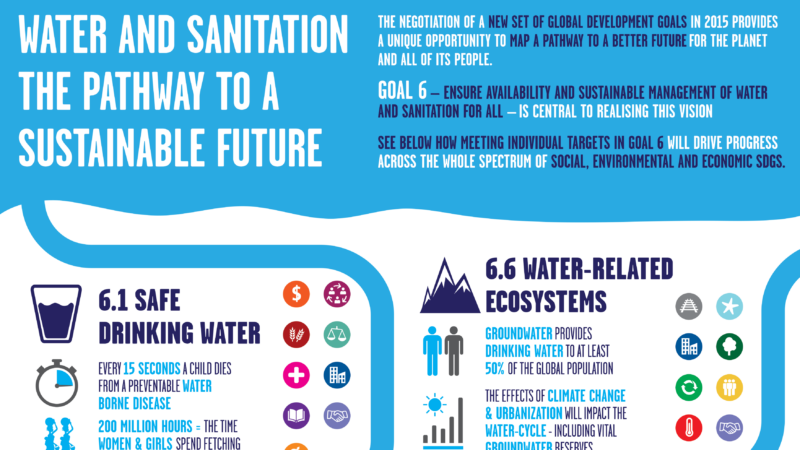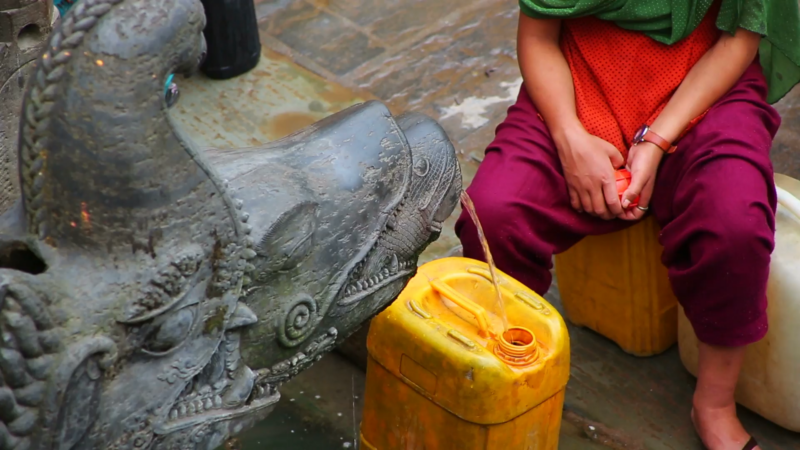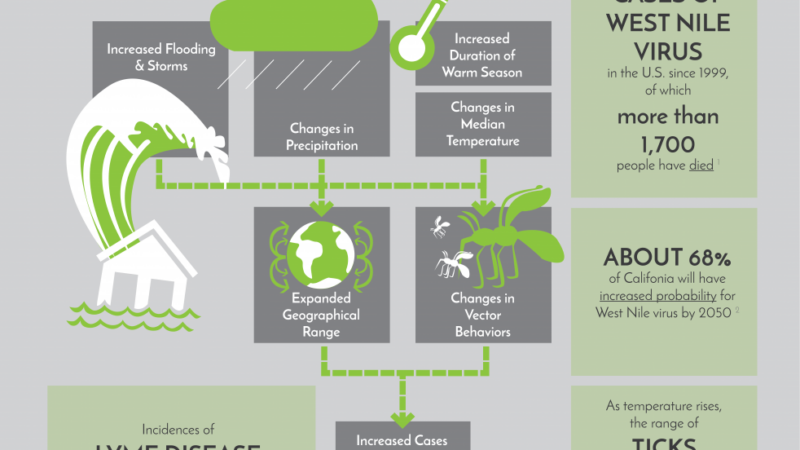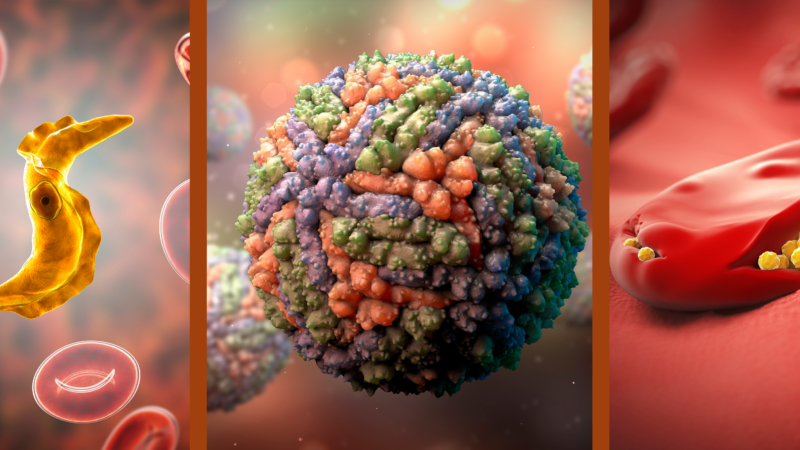Disease
Mosquito-borne Diseases & the Environment
Climate change and human activity are enabling the spread of mosquito-borne diseases, like dengue fever, to new places. Stanford infectious disease experts and disease ecologists discuss what we know and how communities can protect themselves from these changing disease threats.
Aedes aegypti: Beyond the Black and White
One look at Aedes aegypti gives an immediate impression of its menacing nature. The telltale dark and white bands on the mosquito’s legs and other body parts bring a sense of foreboding and hardship. Sleek, silent, and stealthy, Ae. aegypti is the primary vector for several important, debilitating, and sometimes fatal human diseases including dengue, Zika virus, yellow fever, and chikungunya. The species is cause for mounting concern on many levels, as its biology, behavior, and ability to adapt have made Aedes aegypti one of the most pervasive and daunting public health challenges in the modern world.
The first mosquito ever associated with the spread of disease, Ae. aegypti is also the most studied of all mosquito species.1 From its humble beginnings in the African wild to a footprint that spans the globe, this durable and opportunistic insect has become a formidable opponent of vector control efforts worldwide.
Gary White: Making Waves in the Fight for Clean Water
Gary White, Co-founder and CEO of Water.org and WaterEquity, is a visionary leader dedicated to addressing the worldwide water crisis. His commitment originated from observing the severe conditions experienced by communities in Honduras lacking safe water and sanitation facilities.
Committed to effecting change, he arranged a fundraising dinner that generated sufficient resources to provide water to a village. This act served as inspiration for establishing WaterPartners International, presently recognized as Water.org, an organization that has significantly improved the well-being of millions of individuals worldwide.
Clean Water and Sanitation: A Global Report Card
Clean water and sanitation is central to sustainable development and the post-2015 development agenda, with strong linkages to many of the other proposed Sustainable Development Goals. Learn more through the excellent infographics provided below, and do remember to share this important knowledge with friends and family.
Credits: Unilever for World Water Day
Clean Water: A Basic Need for Health and Survival
Clean water is essential for all life on Earth to thrive. The water cycle is not contained within our countries’ borders or boundaries, which makes it a challenge to monitor, maintain and implement improvements and changes. Ownership of, and access to, this essential natural resource has been at the forefront of many disputes around the world, between neighboring countries and communities, and even countries on opposite sides of an ocean. Across the globe we are observing conflicts, wars and water refugees as people struggle for equal access to what has been widely termed as Blue Gold.
Economies on both a national and local level depend upon clean freshwater and saltwater regions. In theory, a thriving economy has the ability to fund infrastructure projects and provide basic needs for all of its citizens. However, even wealthy countries are struggling to provide sufficient standards of clean water, with each region negotiating its own bespoke complications.
Luke Jerram’s Artistic Odes to the Intricacies and Wonders of Science
British artist Luke Jerram has made a name for himself by incorporating scientific principles and concepts into his artwork. His pieces often explore the mysteries of the natural world and the ways in which science shapes our understanding of it.
One of Jerram’s most captivating installations is the “Gaia” project, which features detailed images of the Earth’s surface taken from 120dpi detailed NASA imagery. The artwork offers a unique perspective on our world, floating in three dimensions and highlighting both its fragility and its beauty. This is just one example of how Jerram’s work challenges viewers to think more deeply about the scientific phenomena that surround us.
Dr. Peter Hotez: Fighting Neglected Diseases, One Shot at a Time
Dr. Peter J. Hotez is a physician-scientist who dedicates his career to fighting neglected tropical diseases and vaccine development. He is the Dean of the National School of Tropical Medicine and a professor at Baylor College of Medicine, where he also serves as the Co-director of the Texas Children’s Center for Vaccine Development (CVD) and the Texas Children’s Hospital Endowed Chair of Tropical Pediatrics.
Dr. Hotez is an internationally recognized expert in his field, leading a team and product development partnership for new vaccines for diseases such as hookworm infection, schistosomiasis, leishmaniasis, Chagas disease, and coronaviruses, which affect millions of people worldwide. He is committed to championing global access to vaccines, including leading efforts to develop a low-cost recombinant protein COVID vaccine resulting in emergency use authorization in India.
Vector-borne Diseases & Climate Change
Climate change creates new risks, particularly in the United States, for human exposure to vector-borne diseases (VBDs) — diseases which are transmitted to humans through the bites of insects (referred to as vectors) that carry the disease-causing pathogens. Common vectors include mosquitoes, ticks, and flies.
Climate change creates new uncertainties about the spread of VBDs such as the Zika virus, dengue fever, malaria, and Lyme disease by altering conditions that affect the development and dynamics of the disease vectors and the pathogens they carry.
Tracking the Global Burden of Vector-Borne Disease
The burden of vector-borne diseases (VBDs) is one of public health’s most pressing challenges. VBDs are caused by pathogens such as arboviruses (arthropod-borne virus), bacteria, and parasites that are transmitted to humans and animals through the bites of infected arthropods including mosquitoes, ticks, sandflies, and fleas, among others. According to the World Health Organization (WHO) , “vector-borne diseases account for more than 17% of all infectious diseases, causing more than 700,000 deaths annually worldwide”.
Beyond these broad statistics, attempts to quantify the global burden of VBDs is extremely challenging – for a number of reasons. At the highest level, even “burden” has an underlying complexity in public health terms: burden may refer to the number of cases of a given disease as well as the number of deaths.
Burden can also represent Disability-adjusted Life Years (DALYs), a measure that accounts for the long-term effects of disability among the afflicted, as well as the economic impact of disease from regions and countries all the way down to households and individuals. These economic impacts can be further scrutinized as reduced productivity among the populace, increased healthcare costs, and negative impacts on tourism; all of which can directly affect the GDP and economic growth of local and regional economies. And that’s just the beginning.
